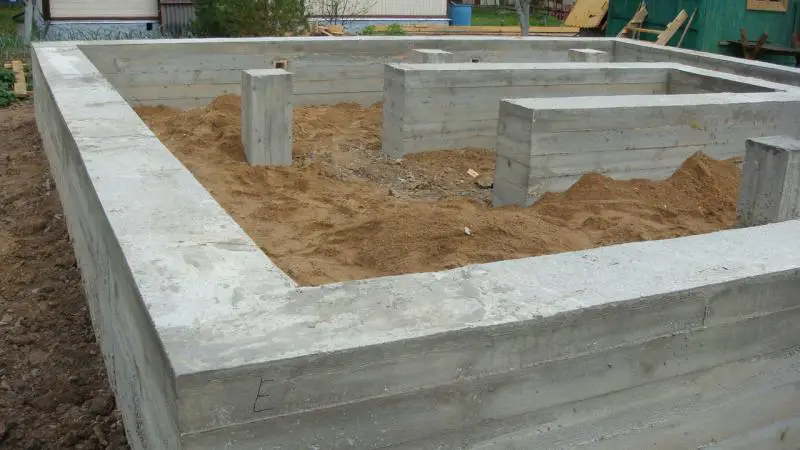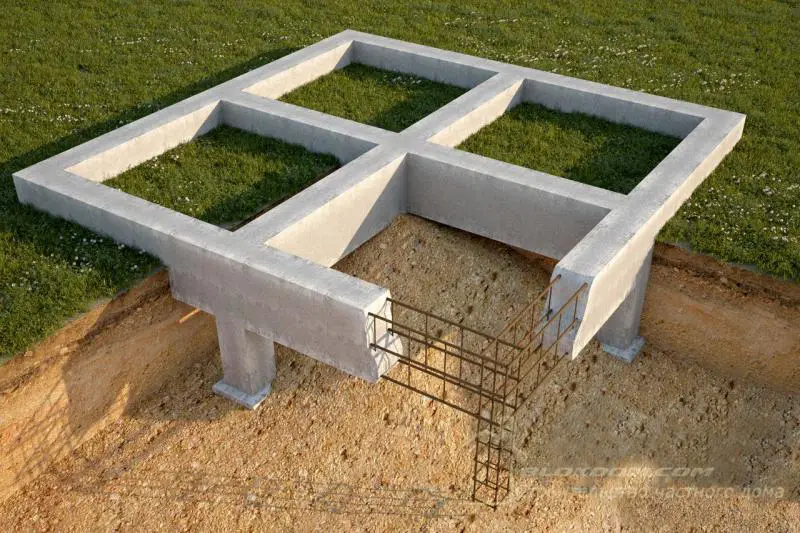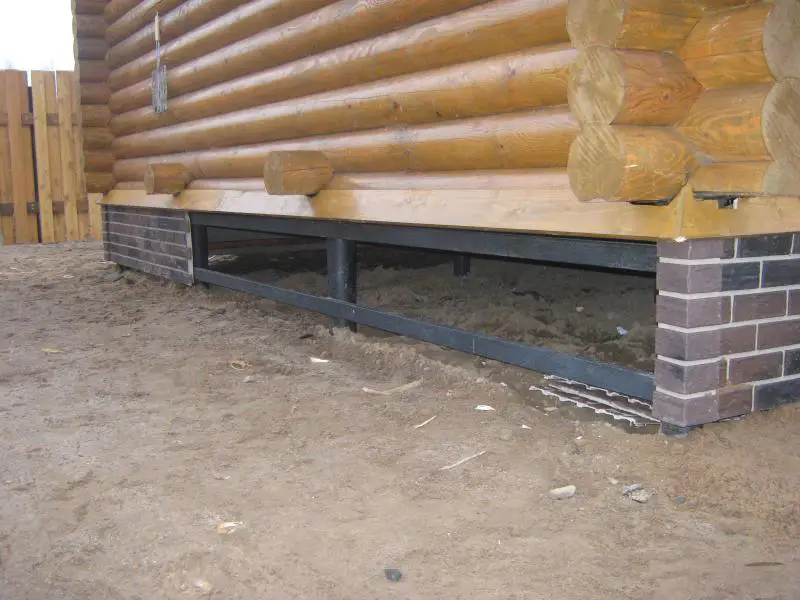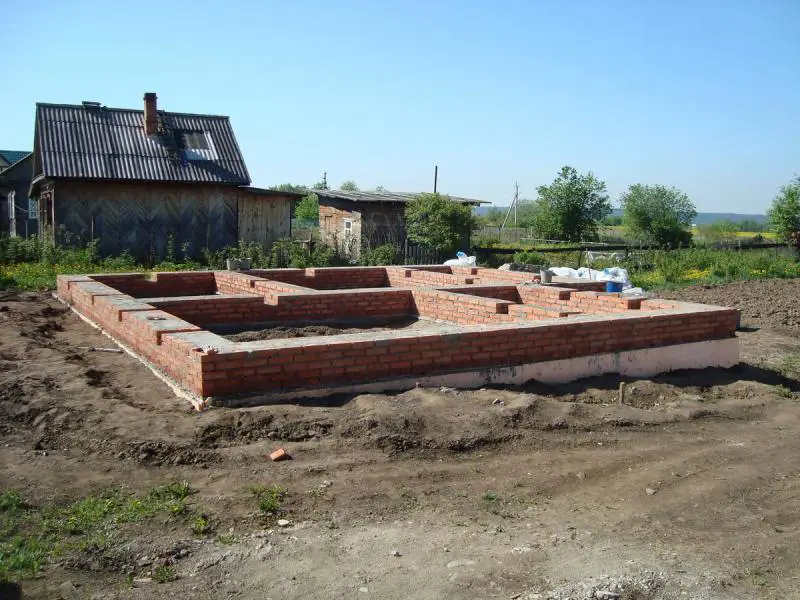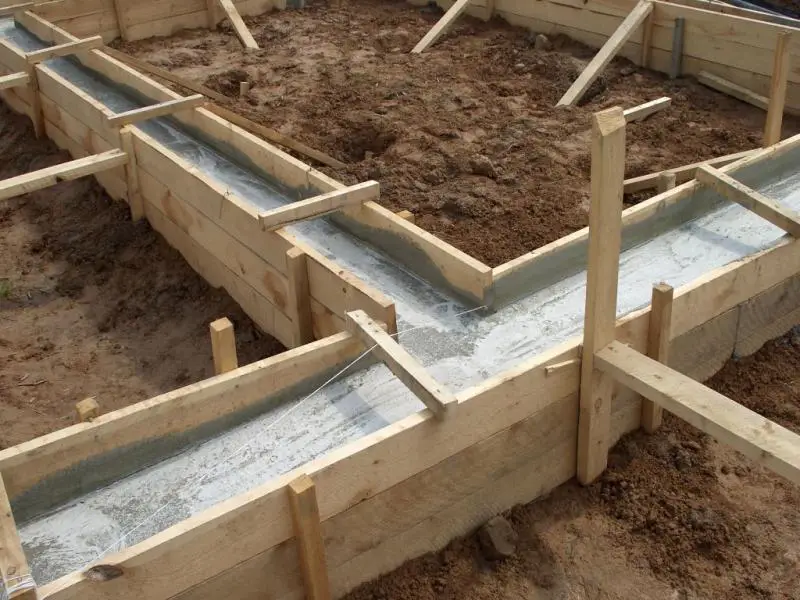There can be your advertisement
300x150
Wall Chasing for Electrical Wiring
In a home, everything should be both comfortable and beautiful. And let’s admit it — protruding sockets and visible wiring can ruin the appearance of a room, even with a high-quality renovation. But the problem is fixable:
All 'unnecessary' elements can be hidden by performing wall chasing for wiring and sockets.
What exactly is wall chasing? It’s the process of cutting grooves and channels into walls, which can vary in depth, length, and width depending on what needs to be concealed. High-quality wall chasing requires proper tools, skilled labor, and a step-by-step approach.
Tools for Wall Chasing
High-quality wall chasing in any material—be it concrete or brick—is impossible without modern tools. Using only a grinder and a hammer drill will not produce uniform groove depths.
The most optimal solution for wall chasing under electrical wiring is diamond cutting. This method reduces noise and dust, and ensures exceptional work quality.

Step-by-Step Process for Wall Chasing
- Marking the wall for chasing, for wiring, sockets, and switches. Key rule: wires must not cross each other.
- Performing wall chasing.
- Installing sockets, junction boxes, and laying the wiring with secure fastening. For fire safety, wiring must be placed inside flexible conduit.
- Filling the channels with mortar.
Key Rules for Wall Chasing Under Electrical Wiring
- Maximum groove length: 3000 mm.
- Maximum groove depth: 25 mm.
- Vertical grooves must be at least 100 mm away from corners and door openings.
- Horizontal grooves must be installed between 150 and 400 mm below the ceiling.
- Only horizontal or vertical routing is allowed—no angled runs permitted.
If you want to make your home warm and cozy, it’s all in your hands. Good luck.
